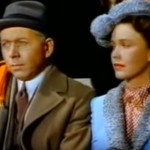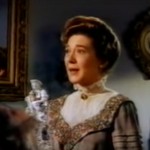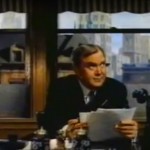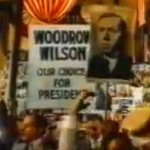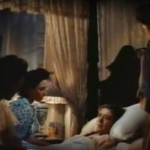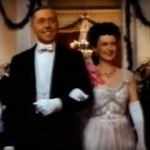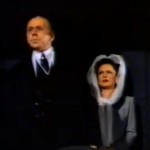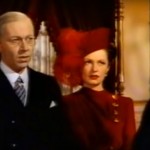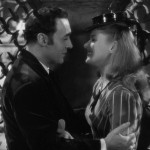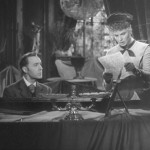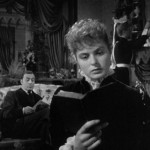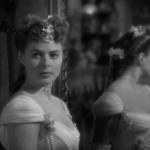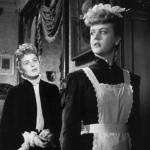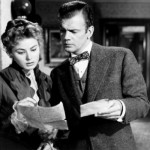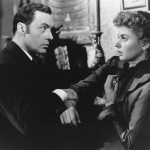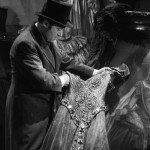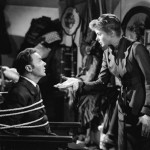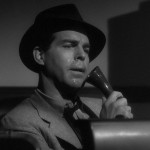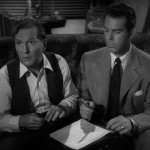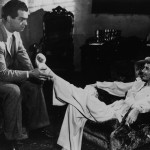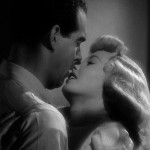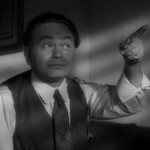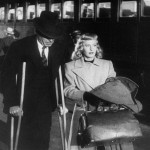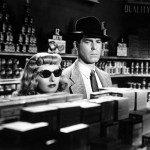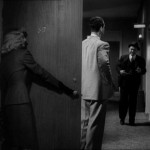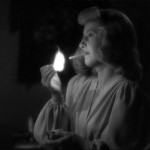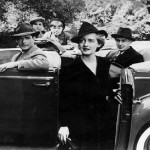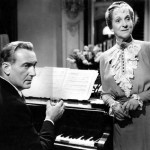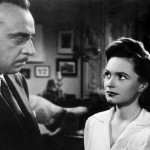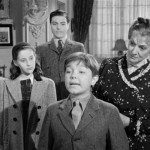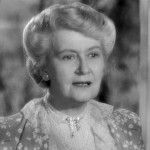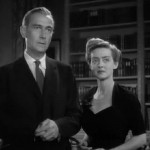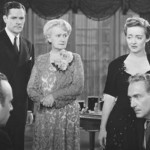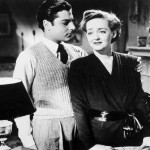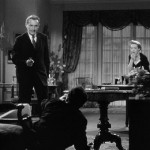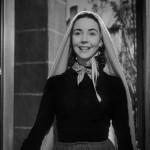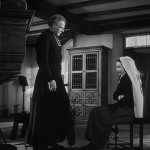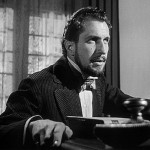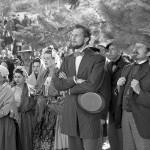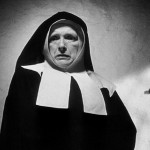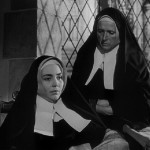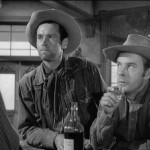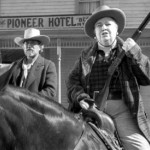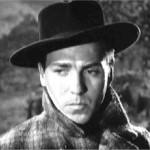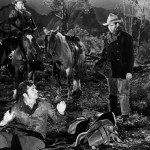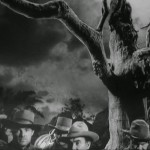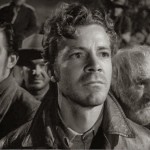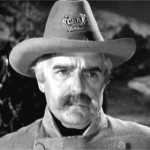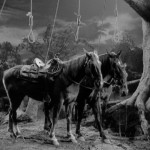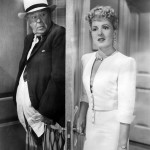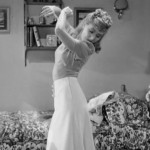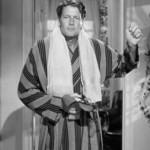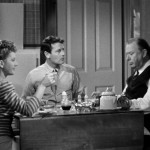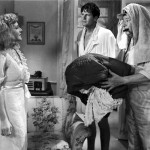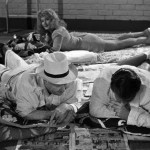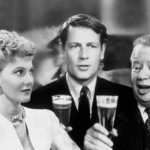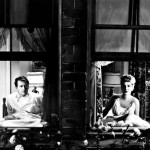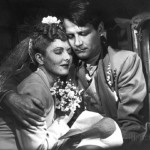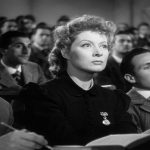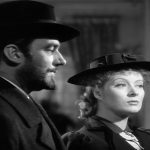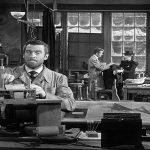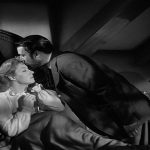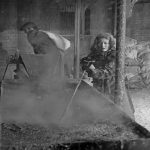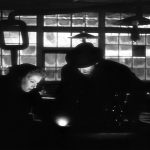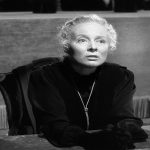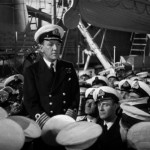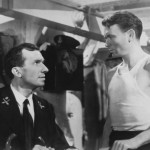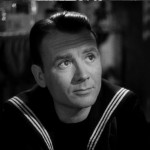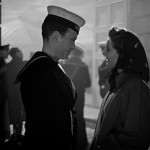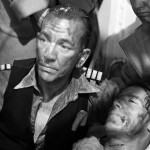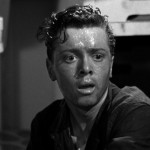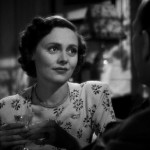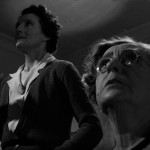
Wilson – 1944
This review is going to be pretty straight forward. There were several things I liked and several things I didn’t. For example, I liked that it was filmed in Technicolor, which was surprising for a movie released in 1944. I liked the historical accuracy and the epic scale of the narrative. However, I didn’t like the film’s slow pace, the acting skills of the actor playing Woodrow Wilson, Alexander Knox, the way Wilson’s character was written, and the music.
So, we’ll start off with what I did like. I went into the film knowing nothing about it except that it dealt with Woodrow Wilson. I saw a name or two in the opening credits that I recognized and enjoyed Charles Coburn as Doctor Henry Holmes, and Thomas Mitchell as Joseph Tumulty. I recognized Vincent Price as William Gibbs McAdoo, and Geraldine Fitzgerald as Edith Bolling Galt.
The film was actually pretty accurate in things like events and places, though it is hard to determine the accuracy of how these historical figures were portrayed. The film’s producer, Darryl Zanuck and the script writer, Lamar Trotti were obviously huge Woodrow Wilson fans. The problem was that they portrayed him as a veritable saint. He was too perfect. The character hadn’t a single personality flaw, and as we all know, real human beings aren’t like that.
But I get it. I know why he was portrayed as such an insanely perfect character. This was, first and foremost, a propaganda film. The United States was deep into World War II, and anything anyone could do to bolster support for the war was like gold to the Allies. It was good for the public to be reminded of the remarkable president who was critical in bringing about the end of World War I, the man who’s first and most important agenda was world peace. So as a result, the film vomited patriotism all over the viewers and it did so unapologetically. If I hear another marching band playing Hail to the Chief or God Bless America, I’m going to stuff red, white, and blue cotton in my ears!
Anyway, I did like the epic nature of the plot. The plot followed Wilson’s political career, beginning with his run for the office governor for the state of New Jersey, and ending with him stepping down after completing his second term as President of the United States. But as an interesting note, the film decidedly neglected to mention that despite his health problems, the real Woodrow Wilson had hopes of being elected for a third term, even though he had no support for such a campaign.
In between, the movie actually showed a lot of the really wonderful and important things Wilson did while in office. It didn’t go into details, but it did show some of the important bills and acts that he signed into existence, and if you could read them fast enough as the bills were displayed on the screen, you could get a general idea of what they were. The movie covered all of the key points of his two terms in office.
The film also covered some important parts of his personal life like the death of his first wife and his relationship and subsequent marriage to his second. It delved into the reasons behind some of his key decisions like his policy of keeping the United States out of World War I until the time was right. Then it covered his reason for entering the conflict and his conviction concerning the rightness of it. The use of actual WWI newsreel footage was used, and that was interesting, as well.
But the movie came off as being cold and sterile, something I mostly attribute to the writing. It tried to be factual and inspirational with its anti-war, pro-peace message. Knox was nominated for Best Actor, but I found his portrayal a little forced and a little cold. Geraldine Fitzgerald was good, but I wouldn’t say great, and I have always liked Thomas Mitchell. Just watch out for the incredibly slow pace and you’ll be fine.
